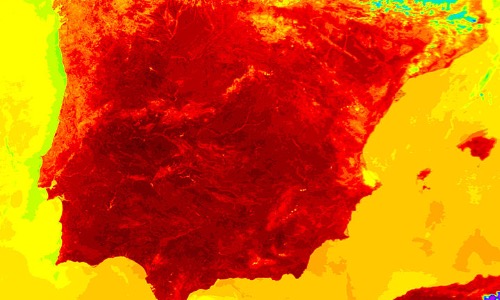‘Hell is Coming’: Europe, and India Sweltering Under Record-Breaking Heat Waves
Western Europe is in the middle of a record-breaking heat wave, with countries such as France, Germany, Poland, Portugal, the Czech Republic, Spain, and Switzerland suffering through sweltering heat, brought on by an abnormal high-pressure system that has parked itself over the region. Soaring temperatures have prompted heat alerts fromread more

